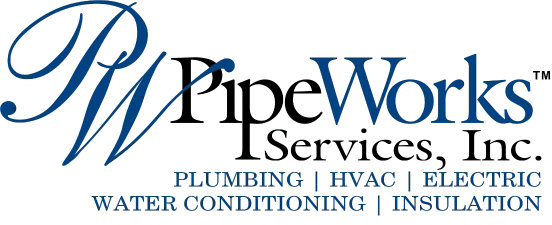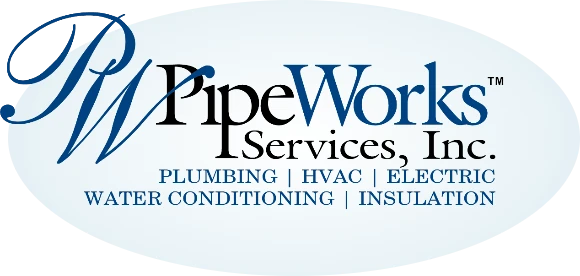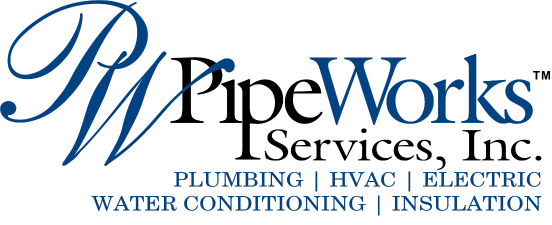Forced air furnaces remain the most popular way to provide whole-house heating in the United States. Due to their energy efficiency, easy installation and ability to quickly heat spaces, this type of heating system likely will remain a popular choice for many American households.
Most forced air furnaces generate heat by burning fuel – either natural gas, fuel oil, or propane – in a combustion chamber. The air is heated and blown across a heat exchanger. From this point, a blower forces the air through a network of air ducts, which deliver the heated air throughout your home. Here are some of the advantages and disadvantages of a forced air furnace:
Advantages
Many homeowners choose forced air furnaces because they heat homes quickly and efficiently. Another advantage is that the initial investment to install a forced air system is usually fairly affordable. Forced air furnaces filter the air before dispersing it through your home. This reduces the need for an air filtration system. Natural gas is among the cheapest types of fuel in today’s energy market, so running a forced air furnace is relatively economical.
Disadvantages
Forced air furnaces can be noisy, but typically the noise is not loud enough to be disruptive or cause annoyance. While the price of natural gas is currently an advantage, it could turn into a disadvantage if natural gas prices begin going up again. Some homeowners experience uneven heat distribution depending on the location of vents.
Before you choose a heating system for your home, weigh the pros and cons to ensure you’re choosing the right solution. If you’re interested in repairing or installing a forced air furnace in your home, choose a company with a solid reputation and plenty of experience. Pipe Works Services has been serving northern New Jersey since 2000. Contact our experts today for more information about forced air furnaces or to schedule service.



